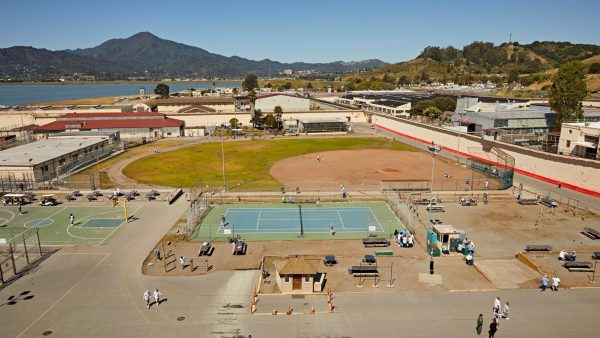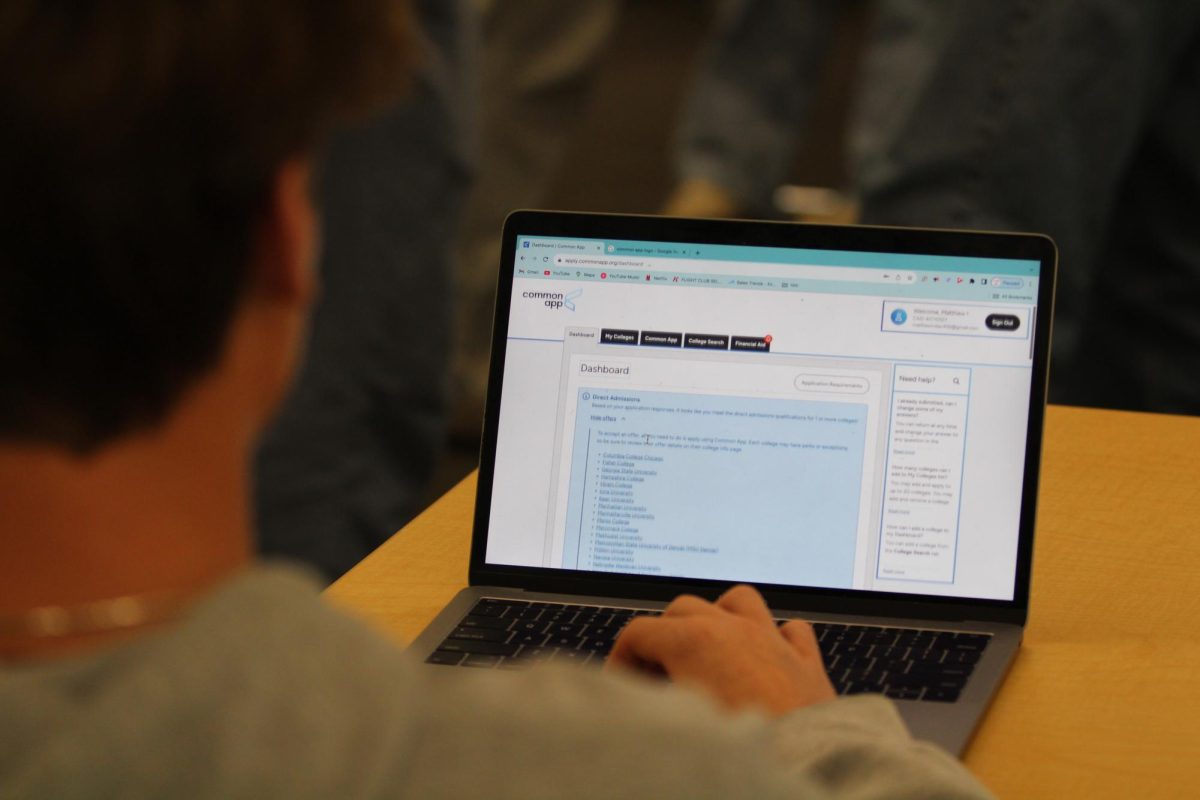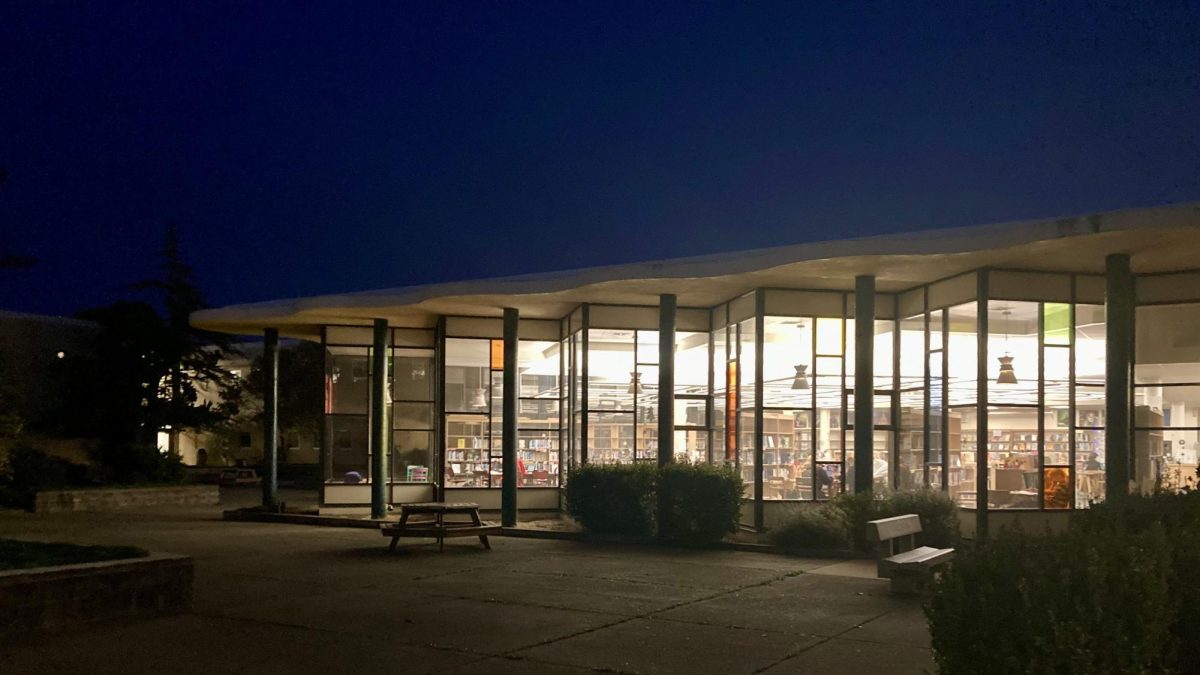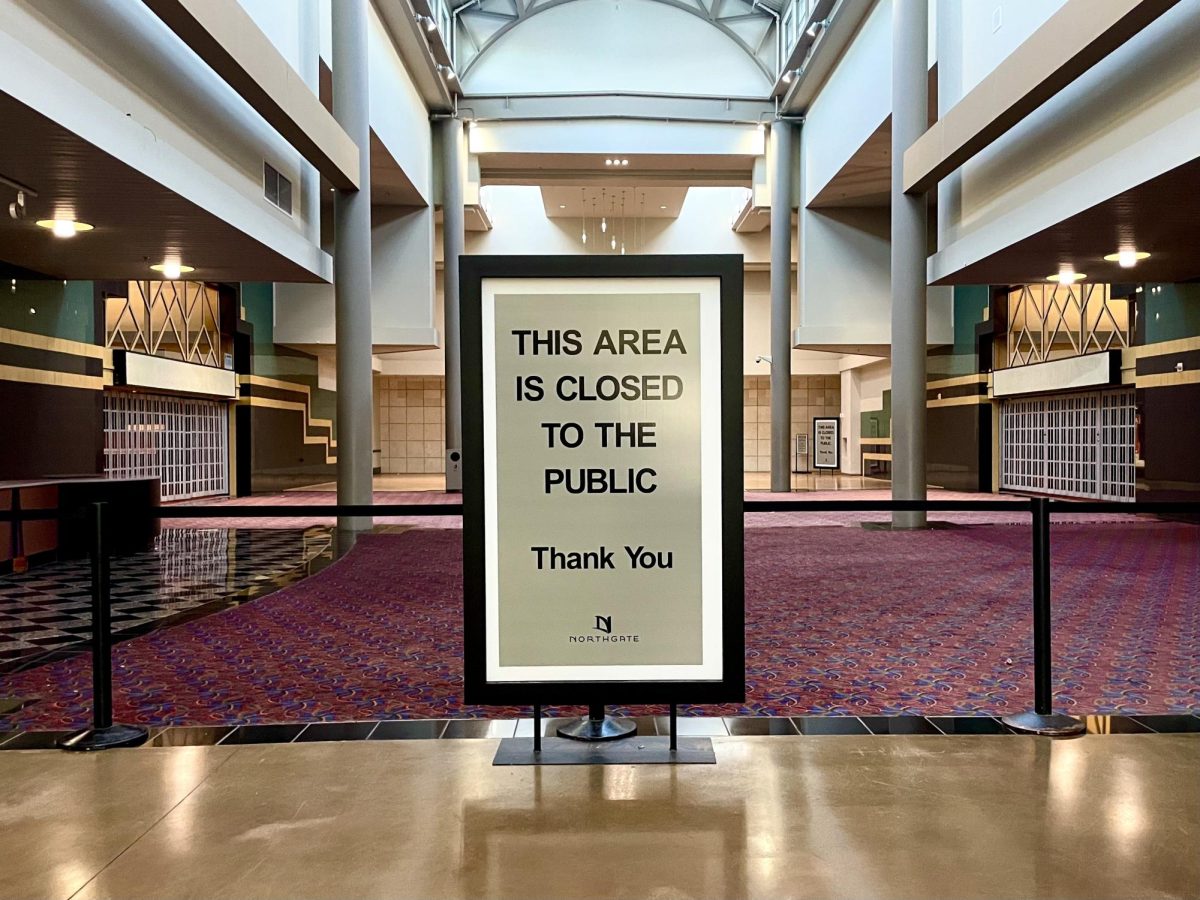As of Aug. 31, the Governor of California, Gavin Newsom, proposed a $360 million budget to create a rehabilitative facility in San Quentin State Prison. Newsom outlined the ideal facility to replace an old furniture factory on the prison grounds. This revised building will be reminiscent of a college campus, with a union, classrooms and possibly a coffee shop.

Spending this immense amount of time and money on a project for the prison has sparked some debate. In an AP News article, Brian Kaneda, deputy director of Californians United for a Responsible Budget, and also a member of CURB, a criminal justice reform coalition, explained that spending hundreds of millions on new prison infrastructure is a step in the wrong direction.
“If there’s no public accessibility to the San Quentin advisory council meetings, that’s a really significant concern that I think people aren’t paying enough attention to,” Kaneda said.
The closed-door meetings are a concern for supporters and critics of prison reform. Republican lawmakers say the Legislature needs more say in the process, especially when the state faces a nearly $32 billion budget deficit. Criminal justice advocates say reforming San Quentin is a distraction from the real goal of closing more prisons.
Despite some people believing that this could be a waste of time and money, others are on Newsom’s side and take the stand that incarcerated people in prison deserve this facility. Street Law teacher Jonathan Hirsch takes his students to the San Quentin State Prison every year and sees the impact that this type of facility could have on incarcerated individuals.
“As a level two prison in California, San Quentin has already made large strides in breaking the stigmas that prisons are tied to in our country,” Hirsch said. “They already have a tremendous journalism program and offer many different [opportunities] for incarcerated people to reinvent themselves.”
As many imprisoned people have taken advantage of these opportunities within the prison system, Hirsch believes that the new facility and opportunities for prisoners could have major potential.
“The recidivism rates in San Quentin are already below the national average. Creating this facility will only create a better recidivism rate and give incarcerated people a second chance,” Hirsch said.

A local volunteer at San Quentin, Marcy Ginsburg, works with the organization Criminal and Gangs Alcoholics Anonymous and also sees the benefits of the proposed facility.
“I think that San Quentin could be the model for the entire country if states are willing to change and offer a more humane incarceration system,” Ginsburg said.
Ginsburg also touched on the idea of recidivism. She compared Newsom’s plans to those of Norway and how they have kept recidivism rates very low.
“Norway is such a great model for our prison system. I see the possibilities in these plans and I think that bits and pieces could be taken from their system and put into ours,” Ginsburg said.
As the plans come to fruition, a sense of optimism fills the air regarding the potential improvement in the quality of life within the prison.






